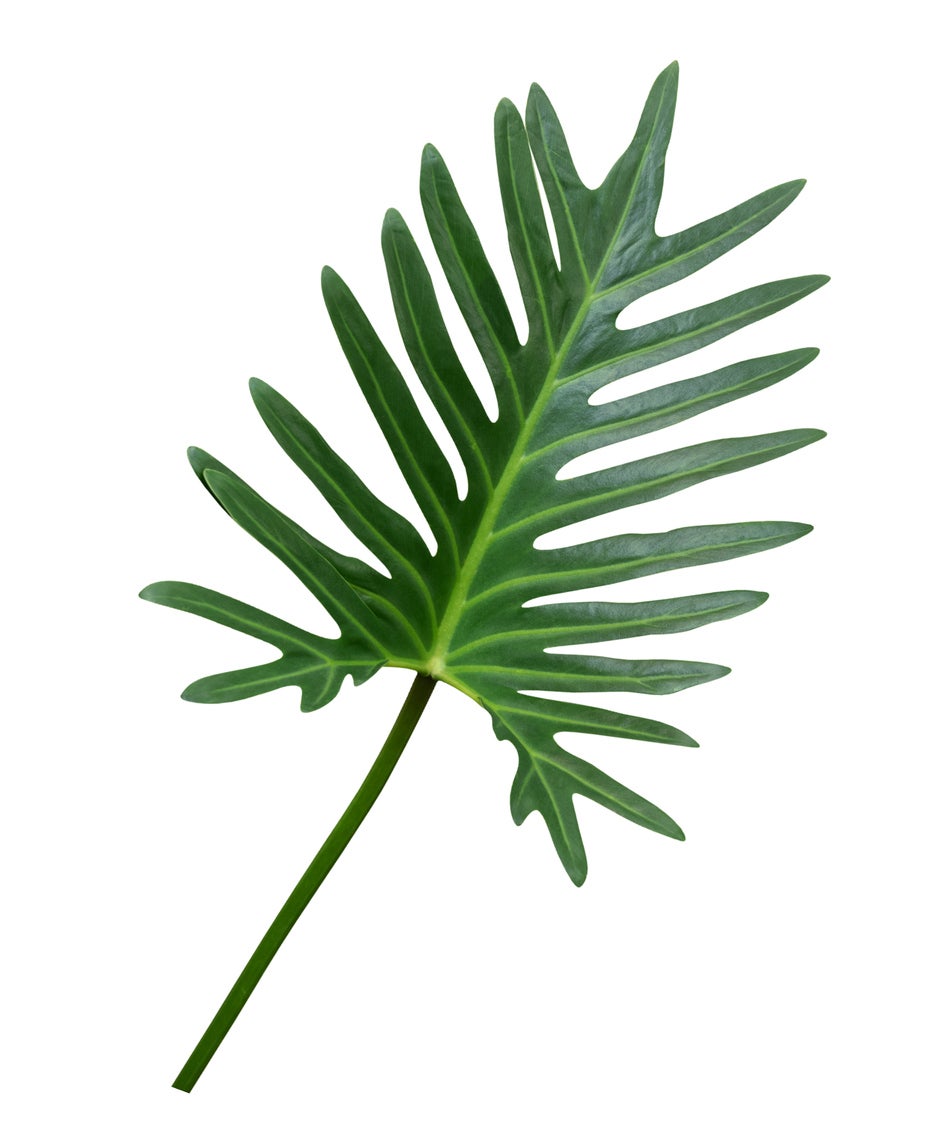Xanadu Philodendron Care: Tips For Growing Xanadu Philodendrons Indoors

If you enjoy growing houseplants, especially philodendrons, then you may want to consider adding the Xanadu philodendron houseplant to your list. Xanadu philodendron care is simple and this larger plant makes a wonderful vertical accent in the home.
What is a Xanadu Plant?
Philodendron ‘Xanadu’ (sometimes called ‘Winterbourn’) is a member of the Philodendron genus, and is a delightful and easy-to-grow houseplant. Unlike many other philodendrons, this is not a vining plant, so no support is needed.
It will form a dense clump of beautifully lobed leaves and will tend to grow wider than taller. The Xanadu philodendron houseplant can grow to 2 to 4 feet tall (61 cm. to 1 m.) and up to 4 to 6 feet (1-2 m.) wide, but indoors it will probably be on the shorter end.
Growing Xanadu Philodendron Plants
Xanadu philodendron care is quite easy.
- Light – Philodendron ‘Xanadu’ likes a little more light than most philodendrons in order to maintain its compact growth habit. Bright, indirect light will suit this plant well, and even a little direct sun, especially morning sun, will be good for this plant. If you have this plant in too dark of a location, the stems will elongate a bit too much. However, too much direct sun can cause the foliage to turn a yellowish green color.
- Watering – Water thoroughly when you irrigate and allow excess water to drain through the drainage hole. Allow about half of the soil to dry out before watering again. Keeping this plant too wet, like any houseplant, may cause yellowing of the leaves.
- Humidity – Philodendrons do enjoy higher humidity, however, they are very tolerant of average indoor humidity so you don’t have to worry about this too much.
- Temperature – The ideal growing temperatures are 75 to 85 degrees F. (24-29 C.) during the day and 65 to 70 degrees F. (18-21 C.) for nighttime temperatures.
- Fertilizing – Be sure to fertilize during the growing season with a fertilizer that contains all the major macro and micro-nutrients for best results. If a plant is growing very slowly and you are providing enough light, it may need more fertilizer.
- Toxicity – These plants are poisonous to cats and dogs, so be careful where you place this plant in your home.
Sign up for the Gardening Know How newsletter today and receive a free copy of our e-book "How to Grow Delicious Tomatoes".